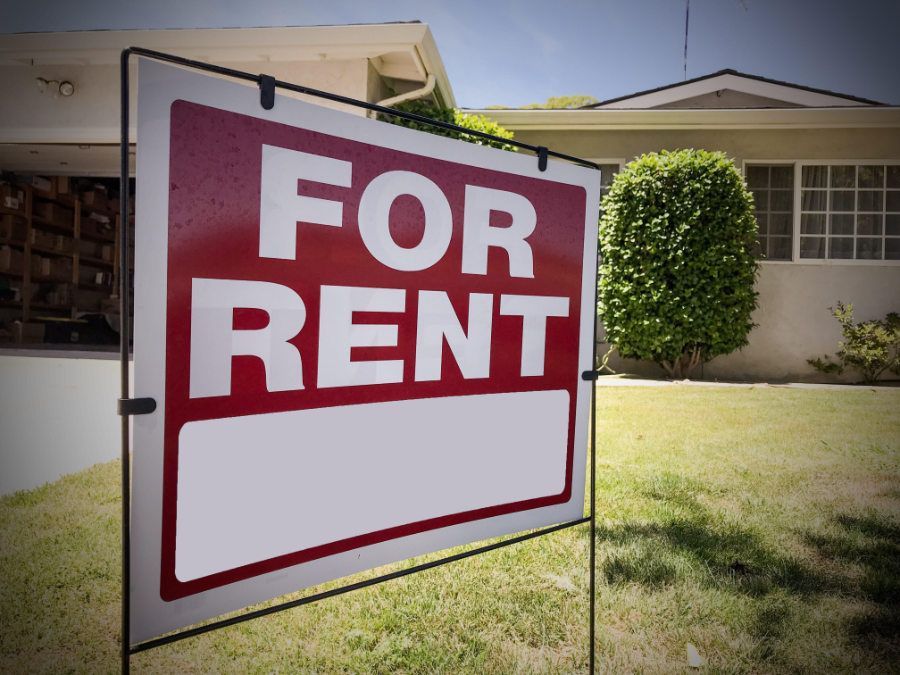Why Aren’t More People Building ADUs for their Properties?
Dustin Edwards • March 12, 2021
An ADU adds Income and can Increase Property Value

Looking at the value that an ADU can provide to a single family home, residential income property, or a multifamily property it is often surprising we don’t see a larger amount of development. To shed some light on why you might not be seeing as many ADUs developed as you might think possible we invite you to consider the following:
#1 - Many aren’t Aware that an ADU is an Option
When was the last time you were at a party and said “wow, can you believe the updates they made to the California Building Code this year?” ? Our guess is that you haven’t said that in quite some time...if at all and this is really why there aren’t more ADUs throughout California. The State Legislature has made a concerted effort to ensure that cities throughout California make updates to their local building codes to encourage development of ADUs but you won’t be seeing a flashy commercial campaign anytime soon.
The reality is that many people aren’t aware that building an ADU and renting it is an option. While the state legislature has developed regulations to help each municipality it is up to each city to implement that guidance. This means that some cities haven’t adopted the state’s guidance (don’t worry Long Beach and nearby Lakewood have ADU guidelines to name just a few).
By understanding that ADUs are an option for your single family home or multi-family property you are ahead of the competition and can plan for the best possible addition to your property.
#2 - Some People aren’t Sure How an ADU would Rent
This is one of the head scratching moments as a property management company. When people try to initially compare a detached ADU they have trouble finding other “comparables”...largely due to the fact they are looking for other detached ADUs. The reality is that a detached ADU is nearly identical to that of many “2 on a lot” duplexes in Long Beach. Finding duplexes in Long Beach that are “two on a lot” are certainly a rarity and in high demand from renters.
Detached ADUs offer the same element of privacy that is often found with a “2 on a lot” and that is difficult to find in a traditional apartment setting. We certainly understand not initially building an ADU due to being unsure of how it would rent. To understand rental potential of a proposed ADU we recommend speaking with a Long Beach Property Management company
to understand the days on market of detached units, rental amounts, and longevity of the planned unit you intend to build. When you have the data in hand it will give you the confidence to build the detached ADU to your planned specification or make adjustments as necessary.
#3 - Financing Options are Limited for ADUs
Unlike purchasing a single family home, residential income property, or even a commercial apartment building there aren’t the same financing options available for ADUs. As ADUs fall under the expansion of an existing property they tend to fall under a construction loan agreement. Of course if you have looked into construction financing you might have found that your plans aren’t quite the size of loan that most lenders would prefer and the terms might not be to your liking either.
Construction financing is generally designed to be for the construction period and then converted to a permanent loan, but then what do you do if you have an existing loan on your income property or single family residence? This financing challenge is one element that has held back the increased development of ADUs. Property owners that have been successful in ADU development have generally used their own cash resources or a HELOC (home equity line of credit) to develop the property.
Finding a way to develop an ADU to ensure it maximizes your property value can be a challenge. If you’d like guidance on how to approach developing an ADU for your single family or income property we invite you to call us today at (562) 888-0247 as we’d be happy to help. When you want a quick check to see how much your property could fetch in rent we invite you to fill out our Free Rental Analysis where we perform a comprehensive comparison to share your rental stacks up to the competition.
.





